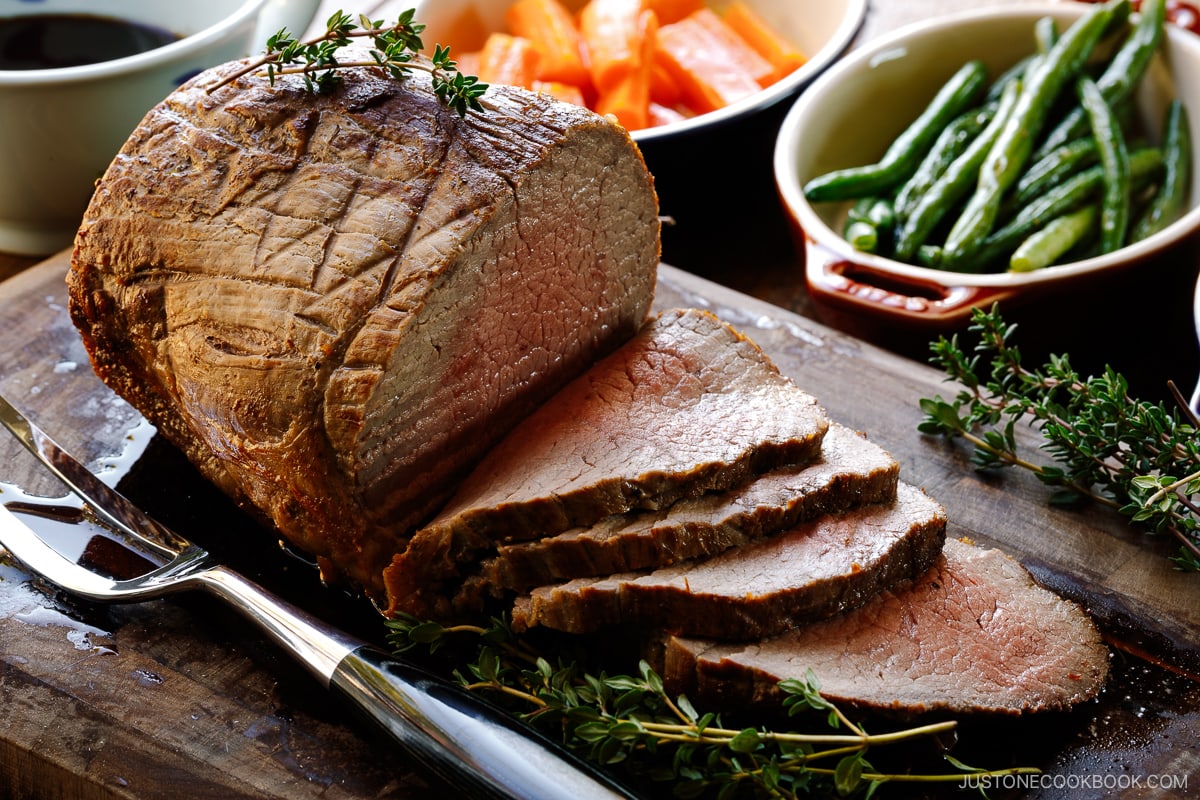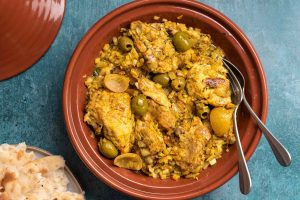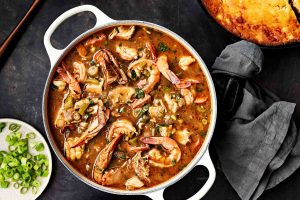
30 interesting facts about Roast beef
- 👁️ 1073
Roast beef, a staple of British cuisine and a beloved dish worldwide, holds a special place in the hearts of meat lovers. This culinary delight, known for its succulent texture and rich flavors, has a history and preparation technique as rich as its taste. Whether it’s the centerpiece of a Sunday dinner, the star of a holiday meal, or simply a comforting weeknight feast, roast beef’s versatility and universal appeal are undeniable. From its origins to the secrets behind its perfect preparation, there are numerous fascinating aspects to explore about this dish. Here are 30 interesting and informative facts about roast beef that will enrich your appreciation for this classic meal.
- Roast beef has been a popular dish in England since the Middle Ages.
- It is traditionally served with Yorkshire pudding in the UK, a dish made from a batter of eggs, flour, and milk or water.
- The term “roast beef” in French, “rosbif,” has been used as a friendly nickname for the English by the French.
- The ideal cut for making classic roast beef includes the rib, sirloin, or tenderloin.
- Cooking temperatures for roast beef can vary from 120°F (rare) to 160°F (well done).
- The concept of serving roast beef with horseradish sauce dates back to the 17th century in England.
- Roast beef was once a symbol of English patriotism and prosperity.
- The cooking method of roasting originally involved spit-roasting over an open fire.
- Leftover roast beef is commonly used in sandwiches, with one popular variation being the roast beef sandwich au jus.
- The Sunday roast, a tradition in the UK, typically features roast beef as a central dish.
- The World’s Largest Roast Beef Sandwich was created in 2008, weighing over 2,000 pounds.
- Aging beef before roasting enhances its flavor and tenderness.
- The term “rare,” referring to lightly cooked roast beef, comes from the early 17th century.
- Yorkshire pudding was originally cooked beneath the beef on a spit to catch the drippings.
- The first recipe for roast beef was published in the English cookbook “The Art of Cookery” by Hannah Glasse in 1747.
- In the 18th century, roast beef was commonly cooked with marrowbones, which added richness to the dish.
- “The Roast Beef of Old England” is a patriotic song from the 18th century celebrating the dish.
- Gravy for roast beef is traditionally made using the juices that run naturally from the meat during cooking.
- The USDA recommends a minimum internal temperature of 145°F for roast beef to ensure food safety.
- Roast beef is a significant source of iron, protein, and B vitamins.
- Marbling, the fat found within the muscle of the beef, is key to achieving juicy and flavorful roast beef.
- In some regions, roast beef is smoked to add depth of flavor.
- The Guinness World Record for the longest line of sandwiches was made with roast beef among other varieties.
- Resting the roast beef after cooking is crucial for retaining its juices.
- The popularity of roast beef in England led to the development of beefeaters, the Yeomen Warders who guard the Tower of London.
- The expression “as English as roast beef” reflects the dish’s deep cultural significance in England.
- A traditional accompaniment, roast potatoes, are often cooked in the same pan to absorb the beef’s flavors.
- The technique of slow roasting at a low temperature is known as the “low and slow” method.
- In the past, roasting beef was an indicator of social status, as only the wealthy could afford large cuts of meat and the fuel to cook them.
- Roast beef is celebrated in various festivals and competitions around the world, emphasizing its global popularity.
Roast beef is much more than just a dish; it’s a cultural icon that embodies tradition, versatility, and the simple joy of sharing a delicious meal with loved ones. These 30 facts offer a glimpse into the rich history, preparation intricacies, and the universal appeal of roast beef. Whether enjoyed in a formal holiday dinner or as a comforting weekend meal, roast beef continues to stand the test of time, bringing people together over a meal that is both hearty and deeply satisfying. As we reflect on these fascinating insights, it’s clear that the legacy of roast beef is as flavorful and enduring as the dish itself.











